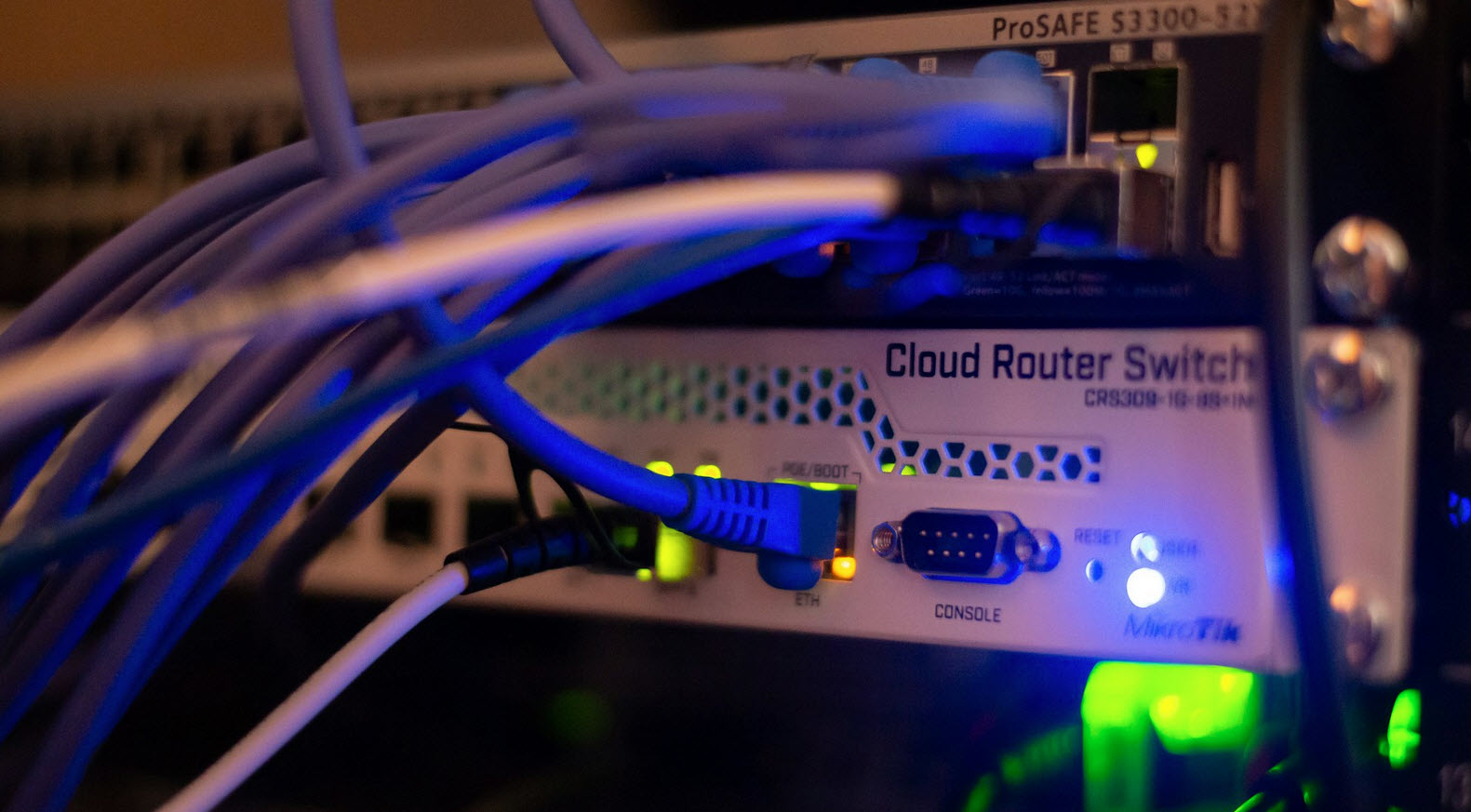
Part 1 | Part 2 | Part 3 | Part 4 | Part 5
Question 81: Explain the basic steps involved in converging a link state inter network.
Answer: Each router floods a link state information advertisement describing its links, the states of its links, and any neighboring routers connected to those links, throughout the inter networking area. All routers store all received copies of the link state advertisement in a link state database. Each router calculates a shortest path tree from the information in the topological database and enters routes in its routing tables based on the shortest path tree.
Question 82: Why are sequence numbers important in link state protocols?
Answer: Sequence numbers help a router differentiate between multiple copies of the same link state advertisement and also prevent flooded link state advertisements from circulating endlessly throughout the inter network.
Question 83: What purpose does aging serve in a link state protocol?
Answer: Aging prevents old, possibly obsolete, link state information from residing in a topological database or from being accepted by a router.
Question 84: Explain how an SPF algorithm works?
Answer: A router builds a shortest path tree by first adding itself as the root. Using the information in the topological database, the router creates a list of all of its directly connected neighbors. The lowest cost link to a neighbor becomes a branch of the tree, and that router’s neighbors are added to the list. The list is checked for duplicate paths, and if they exist, the higher-cost paths are removed from the list. The lowest-cost router on the list is added to the tree, that router’s neighbors are added to the list, and the list is again checked for duplicate paths. This process continues until no routers remain on the list.
Question 85: How do areas benefit a link state inter network?
Answer: Within a routing domain, areas are subdomains. They make link state routing more efficient by limiting the size of the link state database of each router in the area.
Question 86: What is an autonomous system?
Answer: Depending on the usage, an autonomous system can be defined as an inter network under a common administrative domain or a single routing domain.
Question 87: What is the difference between an IGP and an EGP?
Answer: An Interior Gateway Protocol is a routing protocol that routes within an autonomous system. An Exterior Gateway Protocol is a routing protocol that routes between autonomous systems.
Question 88: What port does RIP use?
Answer: RIP uses UDP port 520.
Question 89: What metric does RIP use? How is the metric used to indicate an unreachable network?
Answer: RIP uses a hop count metric. An unreachable network is indicated by setting the hop count to 16, which RIP interprets as an infinite distance.
Question 90: What is the update period for RIP?
Answer: RIP sends periodic updates every 30 seconds minus a small random variable to prevent the updates of neighboring routers from becoming synchronized.
Question 91: How many updates must be missed before a route entry will be marked as unreachable?
Answer: A route entry is marked as unreachable if six updates are missed.
Question 92: What is the purpose of the garbage collection timer?
Answer: The garbage collection timer, or flush timer, is set when a route is declared unreachable. When the timer expires, the route is flushed from the route table. This process allows an unreachable route to remain in the routing table long enough for neighbors to be notified of its status.
Question 93: Why is a random timer associated with triggered updates? What is the range of this timer?
Answer: The random timer, whose range is 1 to 5 seconds, prevents a “storm” of triggered updates during a topology change.
Question 94: What is the difference between a RIP Request message and a RIP Response message?
Answer: A Request message asks a router for an update. A Response message is an update.
Question 95: Which two types of Request messages does RIP use?
Answer: A Request message may either ask for a full update or in some special cases it may ask for specific routes.
Question 96: Under what circumstances will a RIP response be sent?
Answer: A Response is sent when the update timer expires, or upon reception of a Request message.
Question 97: Why does RIP hide subnets at major network boundaries?
Answer: RIP updates do not include the subnet mask of the destination address, so a RIP router depends on the subnet masks of its own interfaces to determine how an attached major network address is subnetted. If a router does not have an attachment to a particular major network address, it has no way to know how that major network is subnetted. Therefore, no subnets of a major network address can be advertised into another major network.
Question 98: Which UDP port number is used to access IGRP?
Answer: IGRP does not use a UDP port. It is accessed directly from the network layer, as protocol number 9.
Question 99: What is the maximum IGRP internetwork diameter, in hops?
Answer: The maximum IGRP network diameter is 255 hops.








